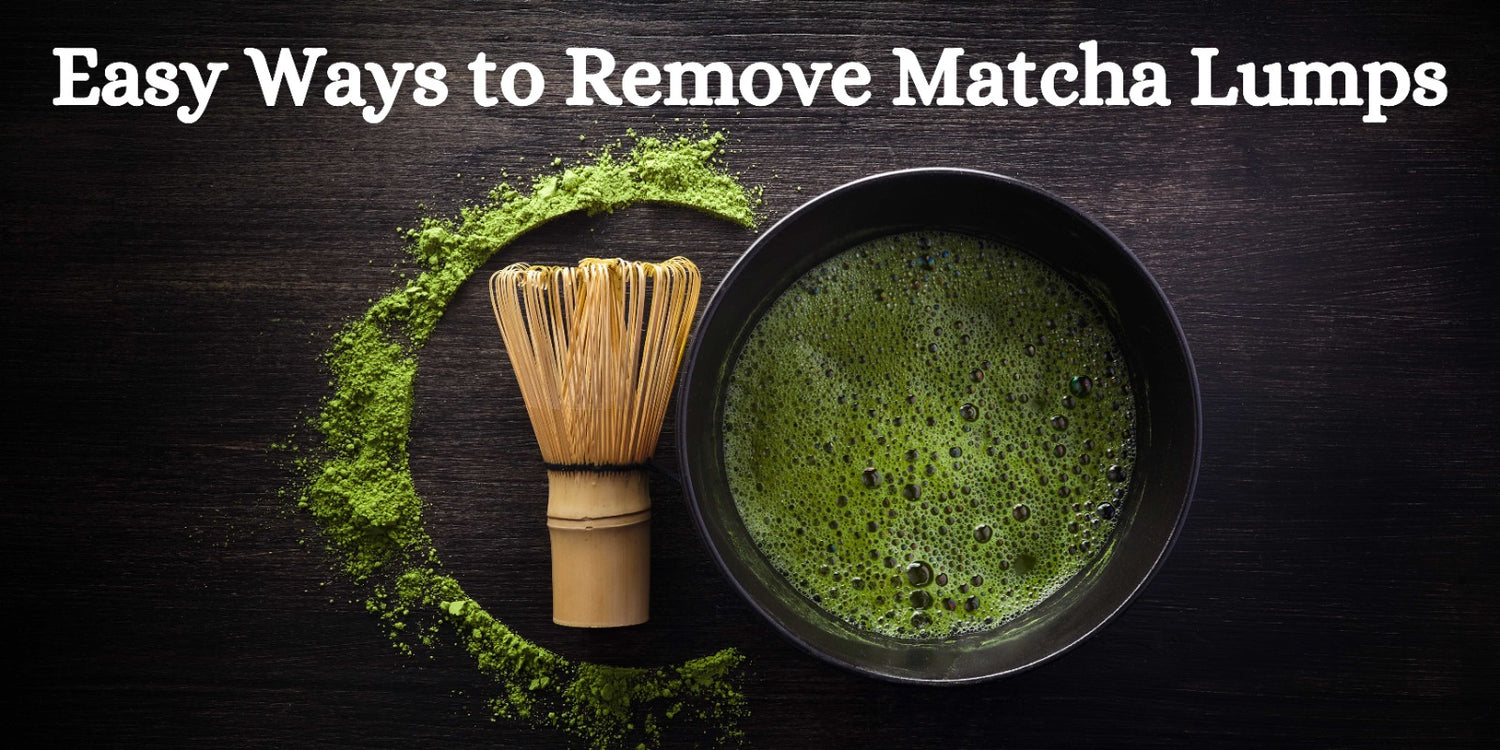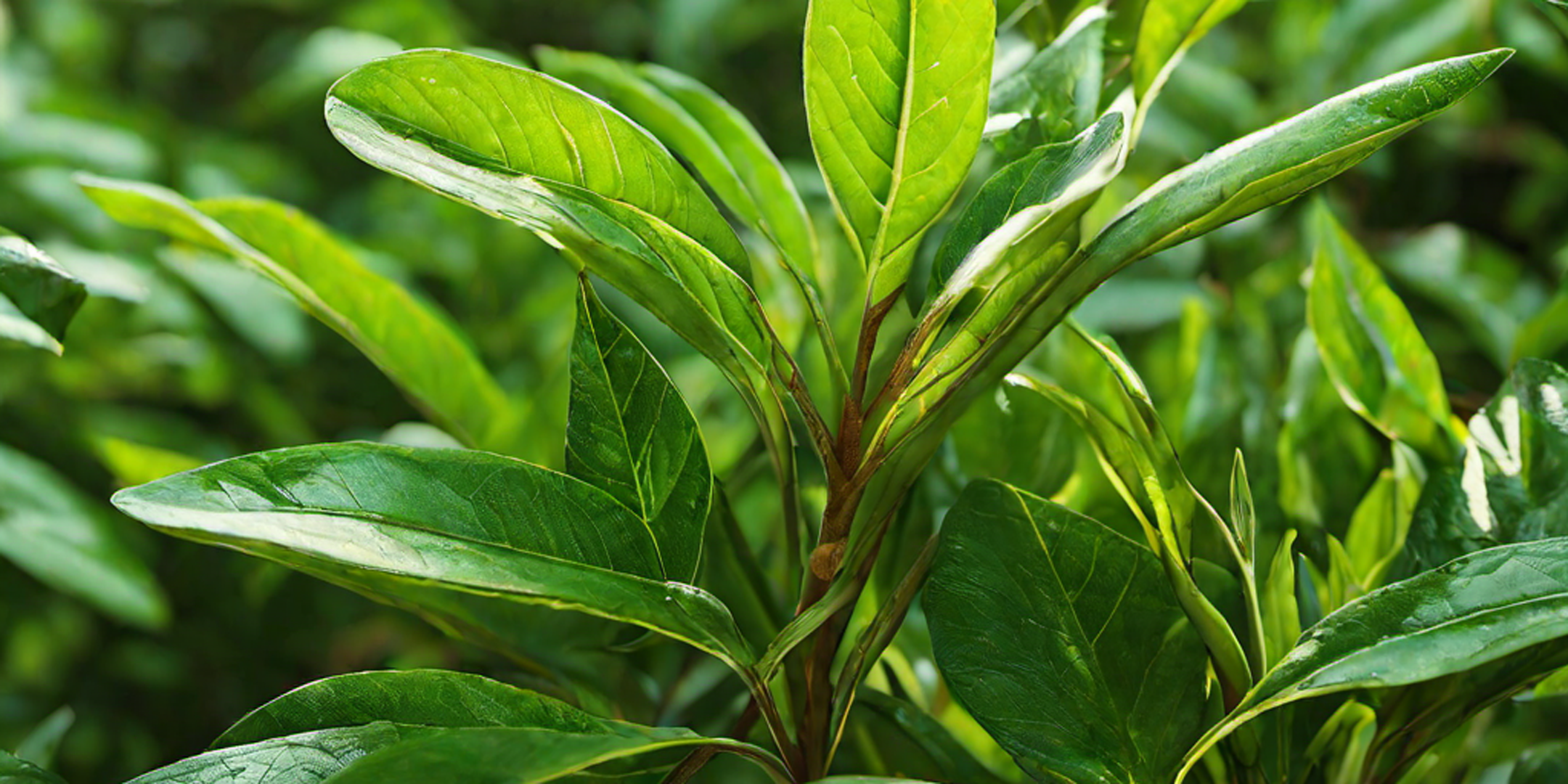Matcha, the finely ground powder of specially grown and processed green tea leaves, has become a popular beverage worldwide due to its rich flavor and numerous health benefits. However, preparing a smooth cup of matcha can be challenging, especially when lumps form during the mixing process. Lumps can detract from the overall experience, making the tea less enjoyable. In this blog post, we will explore effective methods to remove lumps from matcha, ensuring a smooth and delightful drinking experience every time.
Why Does Matcha Form Lumps?
Understanding the Nature of Matcha Powder
Matcha powder is finely ground, making it prone to clumping when exposed to moisture or air. The static cling of the fine particles causes them to stick together, forming lumps. Additionally, matcha powder is hydrophobic, meaning it resists mixing with water, leading to clumping if not properly handled.
Common Issues Leading to Lumps
- Improper Storage: Exposure to air and humidity can cause matcha to form lumps.
- Incorrect Mixing Techniques: Adding water too quickly or using the wrong tools can result in clumping.
- Low-Quality Matcha: Lower-grade matcha may have a coarser texture, making it more prone to lumping.
Essential Tools for Smooth Matcha
Traditional Japanese Tools
-
Chasen (Bamboo Whisk): The chasen is a traditional bamboo whisk used to mix matcha. Its fine tines help break up lumps and create a frothy texture.
-
Chashaku (Bamboo Scoop): A chashaku is used to measure and transfer matcha powder, minimizing exposure to moisture and air.
Modern Alternatives
- Electric Frother: An electric frother can effectively mix matcha and eliminate lumps, providing a convenient alternative to the traditional whisk.
- Fine Mesh Sifter: A sifter helps to break up matcha clumps before mixing, ensuring a smoother consistency.
- Shaker Bottle: A shaker bottle with a mixing ball can be used to shake the matcha and water together, reducing lumps.
Step-by-Step Guide to Removing Lumps from Matcha
1. Sift the Matcha Powder
Why Sifting Matters:
Sifting matcha powder before mixing helps to break up any clumps and ensures a finer texture, making it easier to mix with water.
How to Sift Matcha:
- Sift the matcha powder through a fine mesh sieve over your bowl or chawan.
- Use a chashaku or spoon to scoop matcha powder into the sifter.
- Gently tap the sifter or use a small brush to push the matcha through the mesh.
Tip: Sift the matcha just before use to maintain its freshness and prevent clumping.
2. Use the Right Water Temperature
Importance of Water Temperature:
Using water that is too hot can cause matcha to clump and lose its delicate flavors. For a perfect cup, heat your water just shy of boiling. Imagine a gentle simmer, with wisps of steam rising, not a raging boil. By reaching 160°F to 175°F (70°C to 80°C), you ensure proper extraction without burning the delicate matcha leaves.
How to Achieve the Right Temperature:
- Bring your water to a vigorous boil, then let it simmer down for a gentle moment.
- Use a thermometer to check the water temperature or estimate the cooling time.
Tip: Pre-warm your matcha bowl with hot water before adding matcha and discard the water to maintain optimal mixing conditions.
3. Create a Matcha Slurry
Why Make a Slurry?:
Creating a slurry by mixing a small amount of matcha with a small amount of water helps to dissolve the powder and prevent clumping before adding more water.
How to Make a Matcha Slurry:
- Add 1-2 teaspoons of sifted matcha powder to your matcha bowl.
- Add a small amount of warm water (about 1-2 tablespoons) to the matcha.
- Whisk the matcha and water together until smooth, using either a chasen (bamboo whisk) or an electric frother.
Tip: Whisk in a gentle back-and-forth motion or in an "M" shape to effectively break up any clumps.
4. Whisk Properly
Using a Chasen:
- Once you've created a smooth slurry, add more warm water (about 2-4 ounces).
- Hold the chasen lightly and whisk the matcha in a "W" or "M" motion.
- Work your chasen for another 15-20 seconds until you achieve a frothy, lump-free matcha.
Using an Electric Frother:
- After creating the slurry, add more warm water.
- Insert the frother into the matcha mixture and turn it on.
- Move the frother up and down to mix thoroughly until smooth and frothy.
Tip: Avoid whisking in a circular motion, as it is less effective at breaking up lumps.
5. Store Matcha Properly
Why Proper Storage Matters:
Proper storage helps maintain the freshness and quality of matcha, preventing clumping due to moisture and air exposure.
How to Store Matcha:
- Keep matcha in an airtight container to prevent exposure to air and humidity.
- Store the container in a cool, dark place, such as a pantry or refrigerator.
- Store it away from strong-smelling ingredients to avoid unwanted flavors.
Tip: Use matcha within a few months of opening to enjoy its best flavor and texture.
Troubleshooting Common Issues
Matcha Still Clumps
Solution: Ensure you are sifting the matcha powder before use and creating a slurry with a small amount of water before adding more.
Matcha is Too Bitter
Solution: Use cooler water (160°F to 175°F) to brew matcha and avoid over-whisking, which can release more bitter compounds.
Matcha is Not Frothy
Solution: Use a chasen or electric frother to whisk vigorously in a "W" or "M" motion for the best frothy texture.
Conclusion: Enjoying Smooth Matcha Every Time
By following these steps and using the right tools, you can effectively remove lumps from matcha and enjoy a smooth, delightful cup every time. Whether you prefer the traditional method with a chasen or modern alternatives like an electric frother, the key is to handle matcha gently and thoughtfully. Proper storage and preparation techniques ensure that your matcha remains lump-free and retains its vibrant flavor and health benefits.




